The Smithsonian National Postal Museum, a museum located opposite Union Station in DC’s NoMa neighborhood, was established on November 6, 1990 through a joint agreement between the United States Postal Service and the Smithsonian Institution.
Opened on July 30, 1993, it is located in the historic historic Beaux Arts-style City Post Office Building, a building that once served as the Main Post Office of Washington, D.C. from 1914 (when it was constructed) until 1986.
The building, which also serves as the headquarters of the United States Department of Labor‘s Bureau of Labor Statistics, as well as a data center for the United States Senate, was designed by the Graham and Burnham architectural firm (the same architectural firm as Union Station), which was led by Ernest Graham following the death of Daniel Burnham in 1912.
Its historic lobby, restored in 1989, was designed to be active. It includes a welcome center, and four large video screens with a series of vignettes.
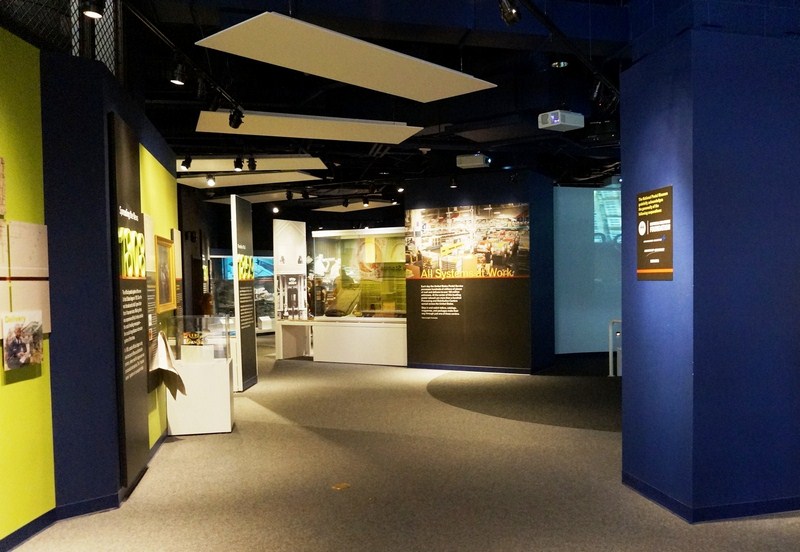
Systems at Work Exhibit recreates the paths of letters, magazines, parcels, and other mail as they travel from sender to recipient over the last 200 years
The museum, honoring and celebrating America’s proud postal history, occupies 100,000 sq. ft. of the building with 35,000 sq. ft. devoted to exhibition space.
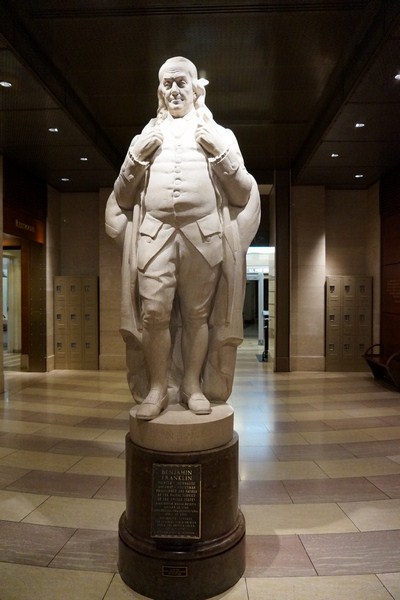
Statue of Benjamin Franklin, located in the foyer, done by Lithuanian-born artist William Zorach (ca. 1935)
The museum’s award winning public spaces, shops and support facilities were designed by the Washington, D.C. firm of Florance Eichbaum Esocoff King Architects while the galleries and inaugural exhibitions were designed by Miles Fridberg Molinaroli, Inc. with Bowie Gridley Architects.

Binding the Nation – Post Secret: The Power of a Postcard (August 3, 2015 – January 1, 2018) – exhibits more than 500 artfully decorated postcards mailed anonymously from around the world
It displays a vast collection of stamps from the National Philatelic Collection, which features more than 5.9 million items (the Smithsonian’s second-largest collection after that of the National Museum of Natural History). The museum has one of the largest and most significant philatelic and postal history collections in the world and one of the world’s most comprehensive library resources on philately and postal history.
Check out “National Museum of Natural History“
It also houses a 6,000 sq. ft. research library (more than 40,000 books and archival documents), a gift shop, a separate stamp shop and many interactive displays about the history of the United States Postal Service and of mail service around the world.

Pony Express: Romance vs Reality examines fictional and actual stories from the history of the world’s best known mail carriers.
It also has informative exhibits, for all ages, on the Pony Express, the use of railroads with the mail and the preserved remains of Owney (the first unofficial postal mascot).

Railway mail train. The Railway Mail Service revolutionized the way mail was processed by sorting mail aboard moving trains.
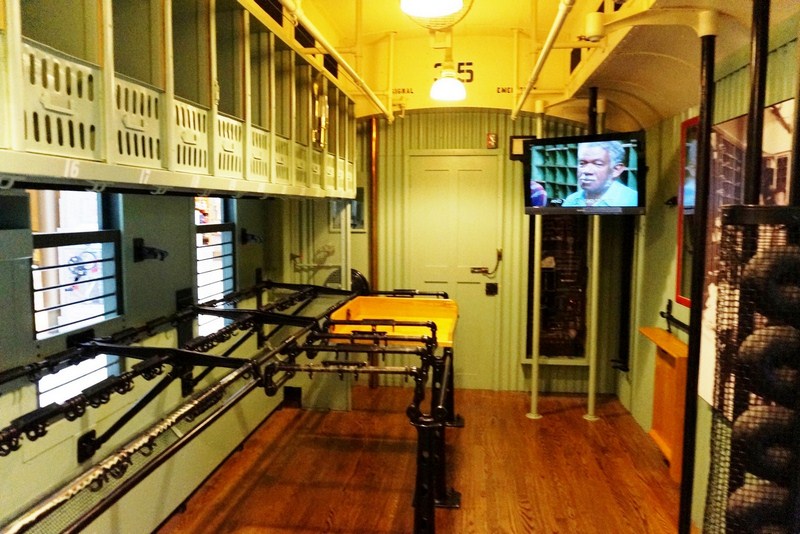
Interior of train car. Mail previously untouched in bags on train floors was processed as the train sped toward its destination.
An exhibit on direct marketing, called “What’s in the Mail for You,” produces a souvenir envelope with your name printed on it and a coupon for the gift shop.
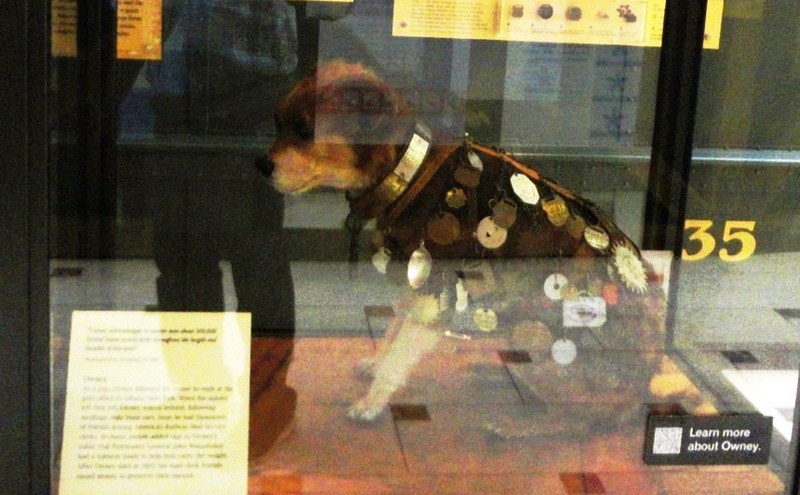
The preserved remains of Owney, the first unofficial postal mascot, who died from a bullet wound on June 11, 1897. His harness is weighed down by a number of tags.
Visitors here learn the fascinating evolution of how Americans have used the mail to communicate with each other and the world.
Guests will take a walk through history and see how mail has been transported, in a variety of eye-catching displays, whether it be early automobiles on dirt roads, stagecoaches chugging across the country, prop-planes in the skies above, or being pulled by real horsepower.
Visitors will see the diversity of postage from around the globe and also discover the art of stamp making and design, as well as how to start their own collection.
In 2005, the museum acquired John Lennon‘s childhood stamp collection and, on September 2009, the museum received a US$8 million gift from Pimco investment management firm founder William H. Gross to help finance the expansion of the museum. Every two years, since 2002, the museum has presented the Smithsonian Philatelic Achievement Award.
The 12,000 sq. ft. William H. Gross Stamp Gallery, the largest of its kind dedicated to philately, was named in his honor and opened on September 22, 2013. It houses the first American stamps, from 1847, a piece of mail from the 1860 Pony Express with “recovered from a mail stolen by the Indians” written on the envelope, and the 1918 “Inverted Jenny” with its biplane printed upside down — the most famous U.S. stamp-printing error.
The Postal Museum’s atrium, sporting a 90 ft. high ceiling, has vital objects from the postal past hanging overhead such as 3 airmail planes – a De Havilland DH-4 airmail plane No. 249; a Wiseman-Cooke airplane and the Stinson Reliant SR-10F.
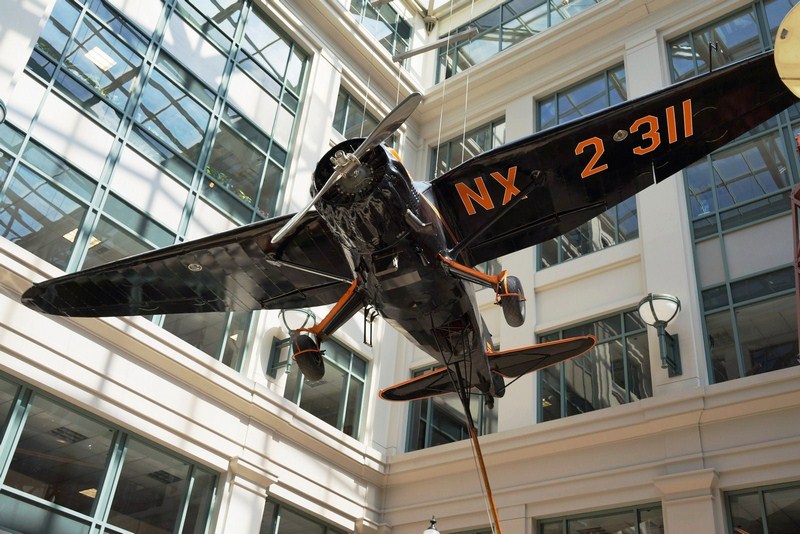
Stinson Reliant SR-10F was used in 1939 to test a unique airmail service for communities that did not have landing fields.
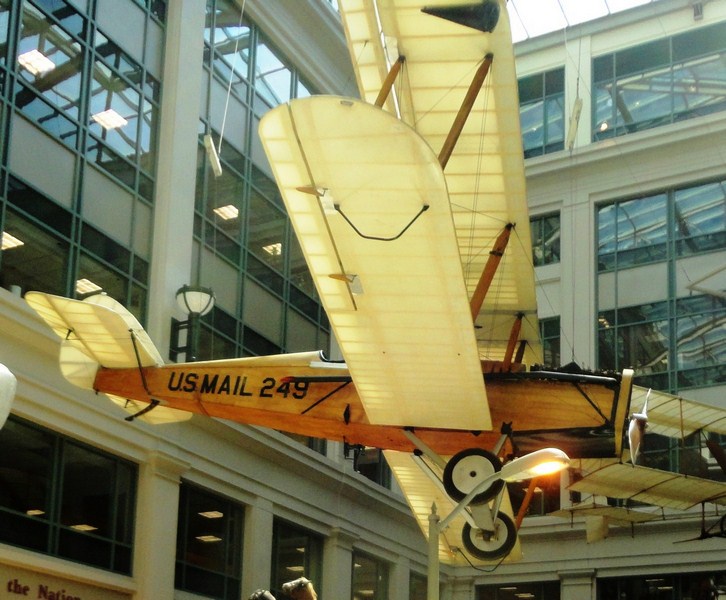
De Havilland DH-4 airmail plane No. 249 was used in the early 1920s to carry mail primarily in the western U.S. Henry Boonstra crashed this aircraft into a snow covered mountain on December 15, 1922.

Wiseman-Cooke airplane. Fred Wiseman took off in his airplane on February 17, 1911, the first heavier-than air flight sanctioned by a U.S. post office
The room is also adorned with a stagecoach from 1851 and a 1932 Ford Model A postal truck. They can also browse through a 1920s-style post office.
Among its permanent exhibitions are: “Binding the Nation” (opened July 30, 1993), “Systems at Work” (opened December 14, 2011), “Moving the Mail,” “Mail Call” (opened November 10, 2011), “Customers and Communities” (opened July 30, 1993) and “Pony Express: Romance vs. Reality” (opened April 3, 2010).
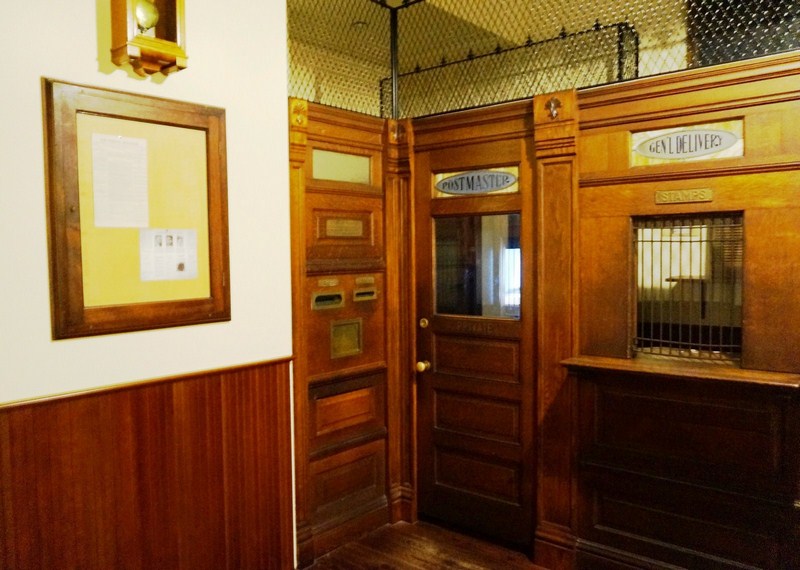
Modular post office was in operation in Dillsburg, Pennsylvania from 1913 to 1971. Prefabricated panels, produced by the Federal Equipment Company of New York, New York and Carlisle, Pennsylvania, included one with a designated “Money Order” window, another for “Registry” mail and a third for “General Delivery.” The post office door was marked “Postmaster” and “private.” A separate section offered brass drops for letters, papers and packages.
The 1856 British Guiana One-Cent Magenta, dubbed “The World’s Most Famous Stamp,” is on display here through November 2017.
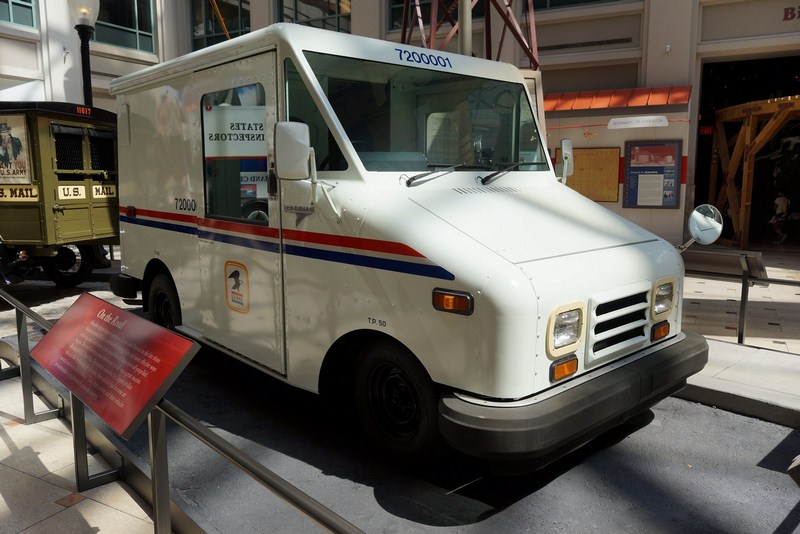
The 1986 Long Life Vehicle (LLV), a white, boxy postal truck, marked a major change in how postal officials approached buying vehicles
Smithsonian National Postal Museum: Postal Square Building, 2 Massachusetts Avenue NE, Washington, D.C. 20002. Tel: (202) 357-2700. Website: www.postalmuseum.si.edu. Open daily (except December 25), 10 AM – 5:30PM. As a Smithsonian museum, admission is free.The library is open to the public by appointment only.
How to Get There: take the Metro‘s Red Line to Union Station and use the Massachusetts Avenue exit. The museum is across the street. The DC Circulator also connects the museum and Union Station to the National Mall. Street parking is available nearby and all-day paid parking can be had at Union Station (2,000 slots), located right next to the museum. The museum is accessible by wheelchair, with ramps at its 1st Street entrance and North Capitol Street entrance, via the U.S. Post Office.



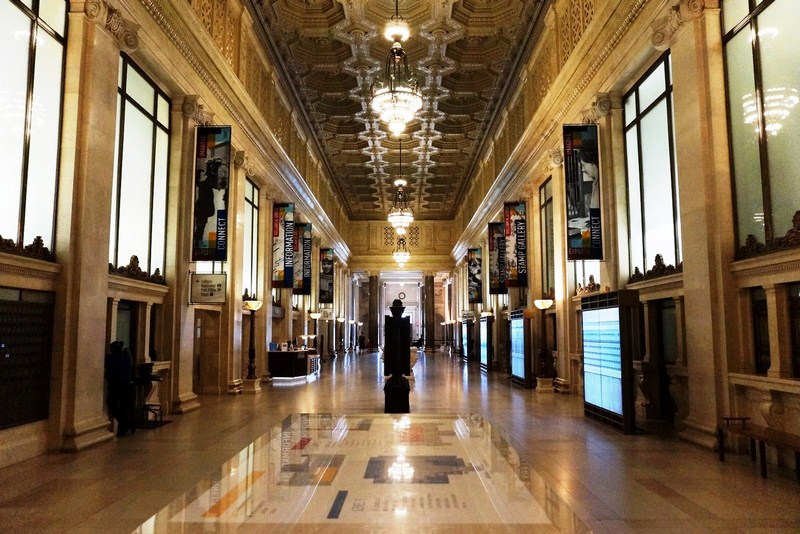
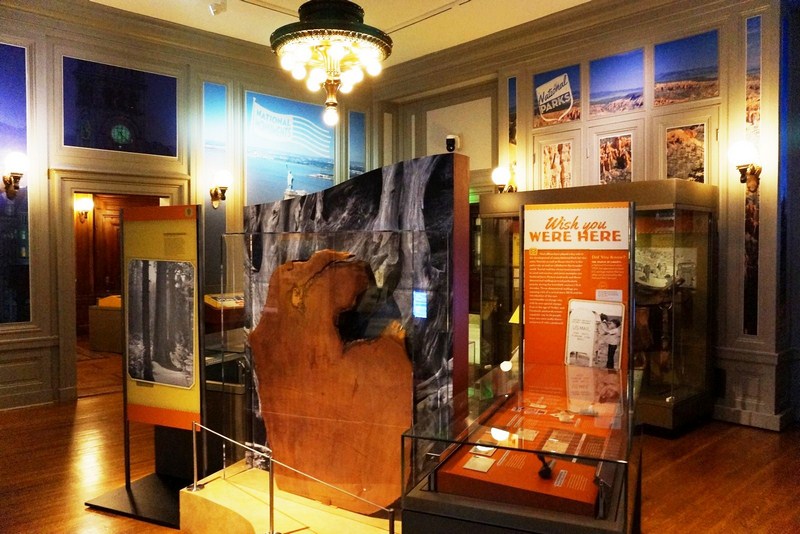

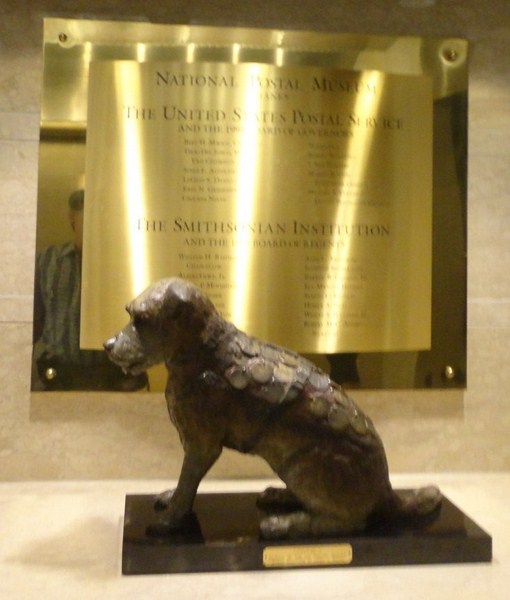
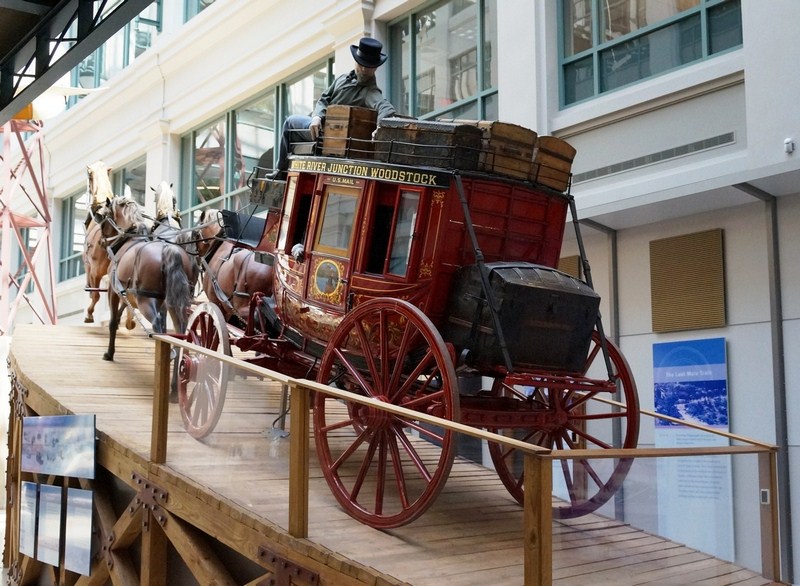

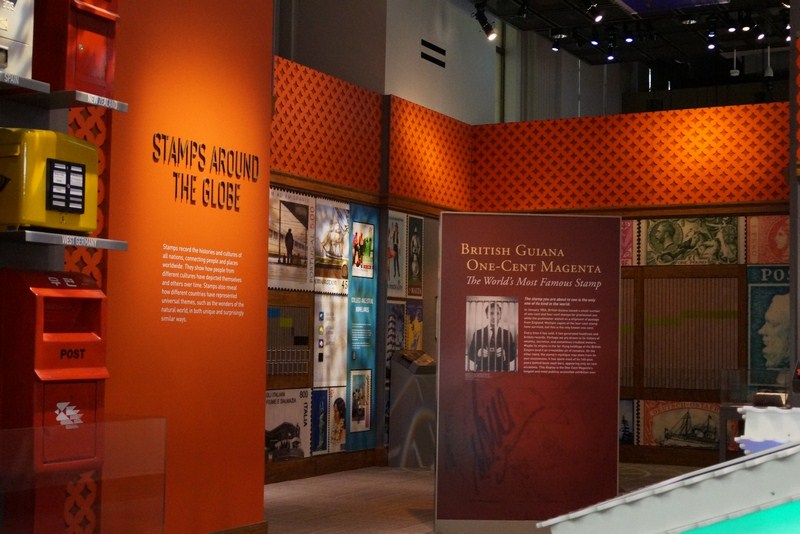
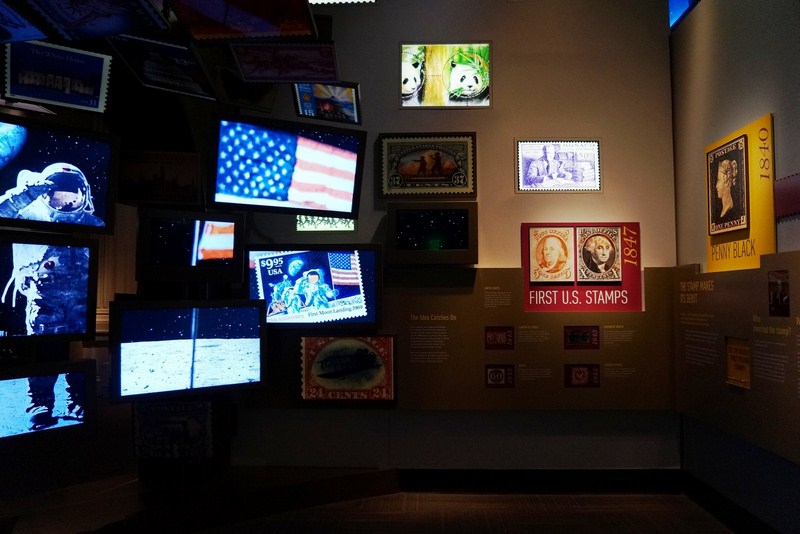


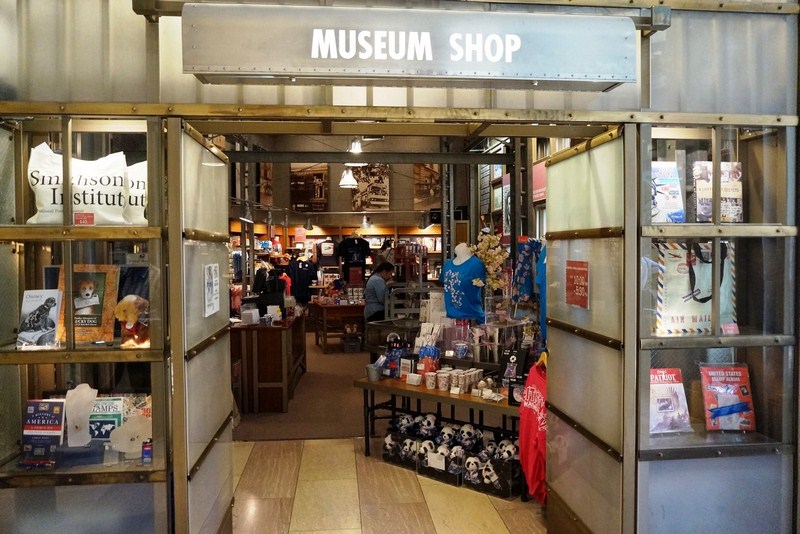
Pingback: URL